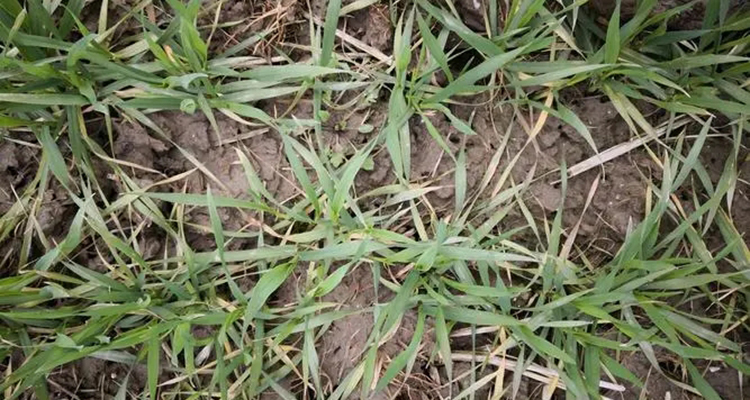1. Glyphosate is an antiseptic herbicide. Do not pollute crops when applying it to avoid causing pesticide damage.
2. For perennial malignant weeds, such as white fescue and aconite, the ideal control effect can only be achieved by applying the drug once more one month after the first application.
3. In sunny days and high temperatures, the effect of medication is good. In case of rain within 4-6 hours after spraying, supplementary spraying should be carried out.
4. Glyphosate is acidic and should be stored and used in plastic containers as much as possible.
5. Spray equipment shall be cleaned repeatedly.
6. When the package is damaged, it may get damp and caked under high humidity, and crystals will also precipitate when stored at low temperature. The container should be fully shaken to dissolve the crystals to ensure the efficacy.
7. It is an endothermic and conductive biocidal herbicide. When applying the herbicide, pay attention to prevent the pesticide mist from drifting to non-target plants and causing pesticide damage.
8. It is easy to lose its activity by complexing with calcium, magnesium and aluminum plasma. When diluting pesticides, clean soft water should be used. When mixed with muddy water or dirty water, the efficacy will be reduced.
9. Do not mow, graze or turn over the land within 3 days after the application of the pesticide.
Post time: Mar-06-2023


